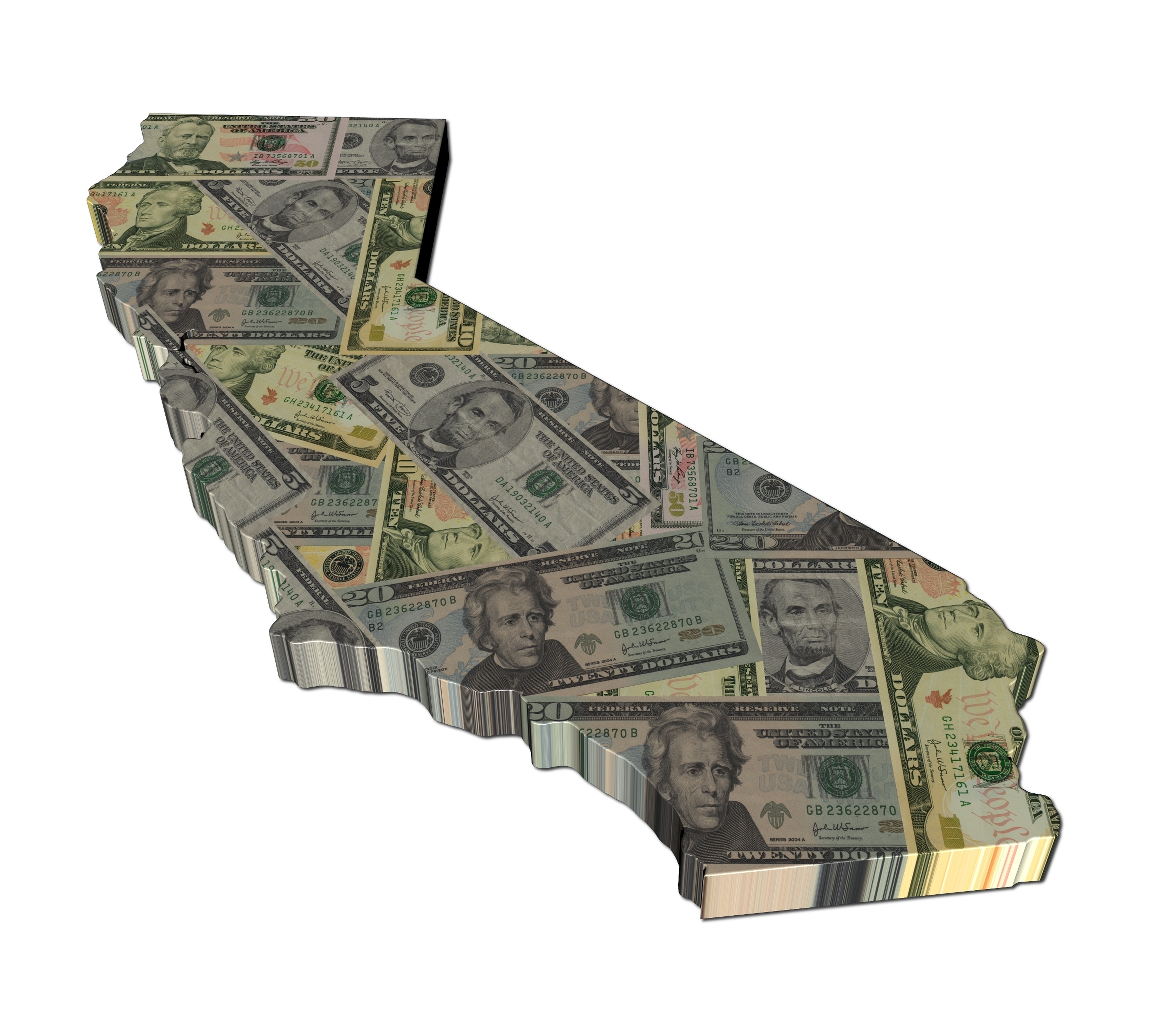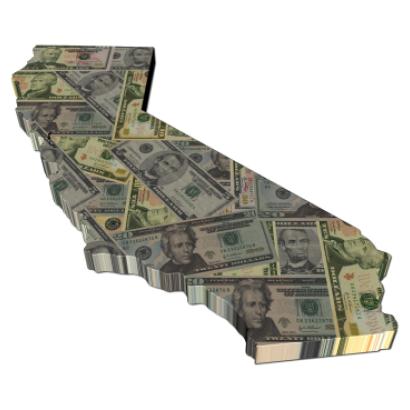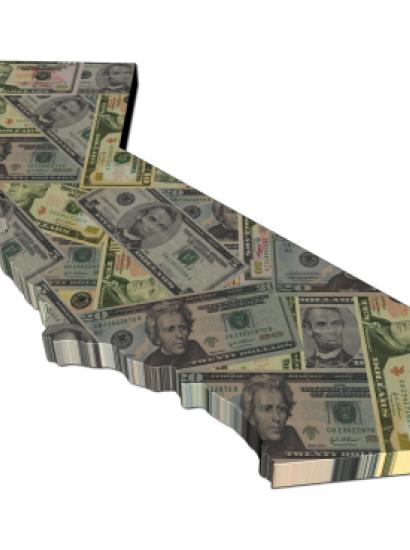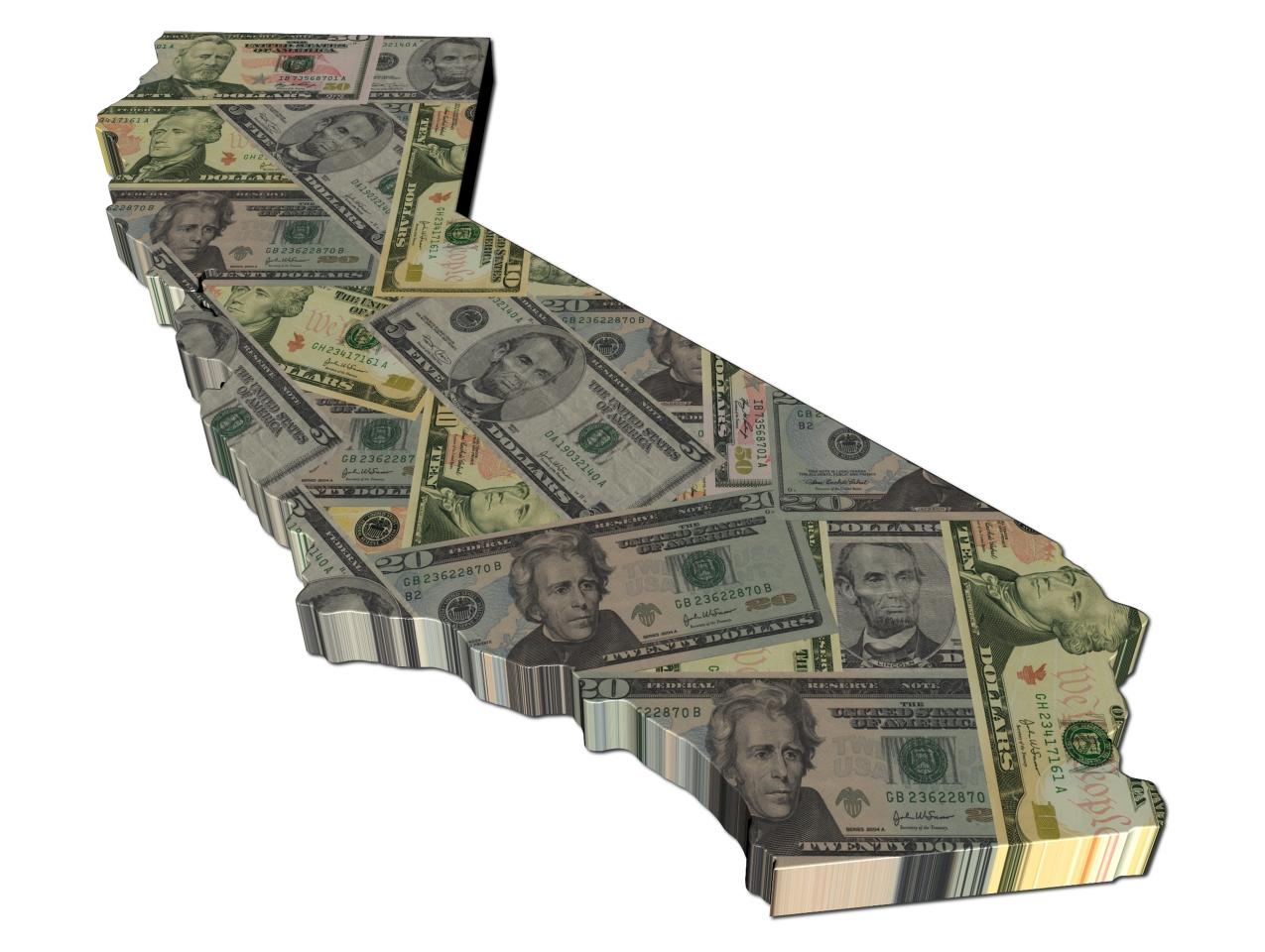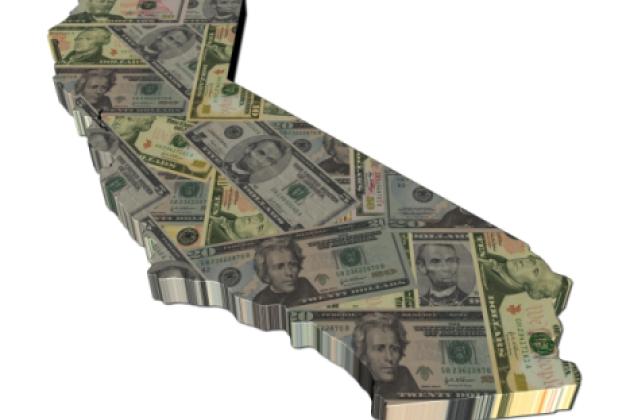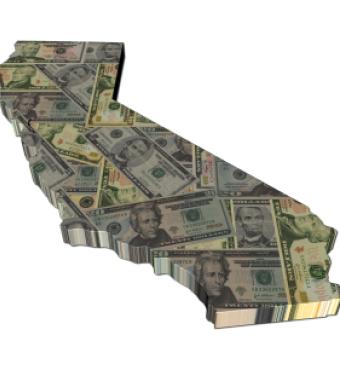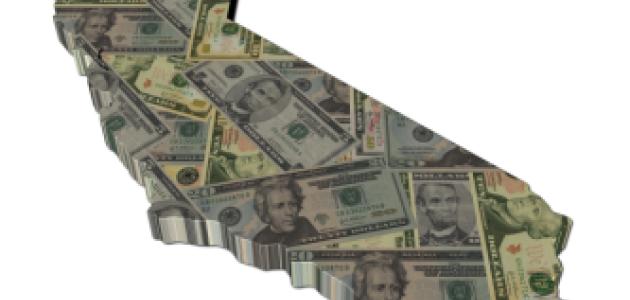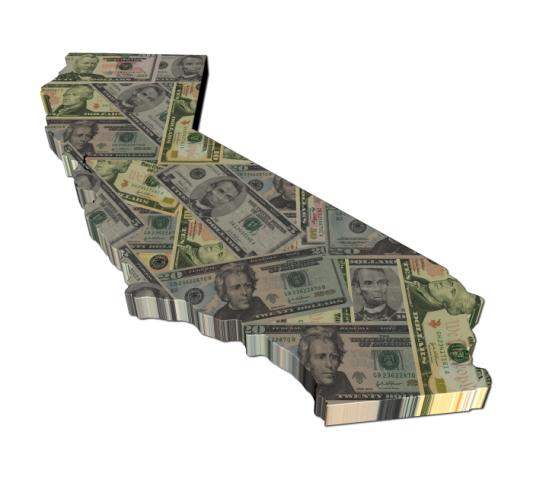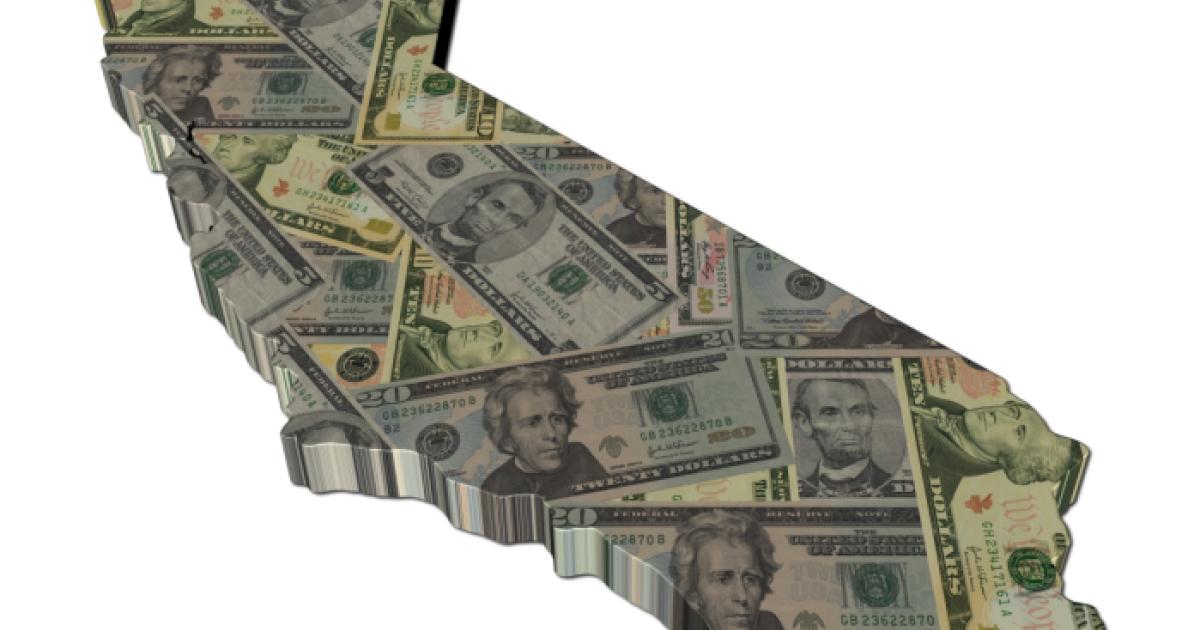- Economics
- Budget & Spending
- Politics, Institutions, and Public Opinion
- State & Local
- California
California’s $31 billion budget surplus has Gov. Gavin Newsom crowing about California’s economic strength and his guidance of the economy. But this surplus comes from a tiny group of taxpayers. Roughly 40 percent of California’s personal income tax payments are from just the top ½ of 1 percent. And this handful of taxpayers and much of their tax dollars could easily leave, for reasons explained below.
But first, imagine the consequences of losing that revenue. Take away those taxes and California would suffer the mother of all fiscal crises, one that could dwarf the crisis of ten years ago, when California was in such dire straits that the state was forced to issue IOUs because it ran short of cash—and in which nearly every major bank in the country took just a few days to decide that they would not accept California’s “funny money” for payment.
But today, the potential for such a crisis is even worse as the share of tax payments paid by such a small group has become even more concentrated over time. Recent data show that the top 0.1 percent earn about 2/3 of the income earned by the top ½ of 1 percent. Extrapolating from this statistic suggests that the top 0.1 percent pay about 25 percent of California’s personal income taxes. Just eighteen thousand households overwhelmingly fund a state government that serves forty million people. You don’t need to do the math because it is obvious what the problem is.
But this is even more critical than it appears, because personal income taxes make up nearly 44 percent of the state budget—about $80 billion. The hypothetical of losing tax dollars from those eighteen thousand households that make up the top 1/10 of 1 percent becomes a huge issue for the state.
Make no mistake, the enormous amount of state taxes this group is paying—about $1.2 million in taxes per filing household among the top 1/10 of 1 percent, and about $360,000 per return among tax filers in the top ½ of 1 percent—will almost certainly decline just as soon as the current bull market in stocks runs its course. This is because capital gains, which are taxed as ordinary income, most likely at California’s top rate of 13.3 percent, make up much of the taxable income in this group as the stock market has soared for the last ten years.
But the thing about bull markets is that they do come to an end, and the current one is the longest on record. And the ratio of current stock prices to current earnings, in which a high value can signal that stock prices are due to decline, is at its second highest level since this statistic has been kept. Bull markets are typically followed by an extended period of declining asset values (bear market) in which capital gains are realized at a much lower rate. This is the key reason why California tax revenues ride a perpetual roller coaster that is related to the stock market and the value of private businesses.
A smaller and even more volatile tax base, combined with the coming end of the longest bull market, is bad enough, but California is now facing a different problem. Will the top 1/10 of those one-percenters continue to declare California their residence for tax purposes? It is less likely now than in the past due to current tax rates and proposals for even higher taxes in the future.
In 2012, during California’s last fiscal crisis, voters approved raising the marginal tax rate on the highest earners to 13.3 percent, to sunset in 2016. But in the legislature’s never-ending quest for taxes, amid the constant advertisements of “make millionaires pay their fair share” and the “billionaires can afford it,” voters made the temporary tax increase permanent. For progressive Californians, the problem with the highest tax rate in the country is that it makes the idea of relocating to, say, Florida (home of nearly every high-earning PGA golf professional, including former Californian Tiger Woods), with no state income tax, that much more attractive.
But there was an unexpected turn of events following the 2012 tax hike. Joshua Rauh of the Hoover Institution and the Stanford Graduate School of Business reports that as much as 60 percent of the expected revenue windfall from higher taxes evaporated, reflecting high-tax payers relocating their main residences to other states and much lower realized incomes from the state’s highest earners in response to the higher tax rate.
Rauh’s research shows that high earners do not just accept higher tax rates, as politicians and state revenue forecasters believe, but rather that they are highly sensitive to taxes, and they make considerable changes in response to higher tax rates. After all, for people like Tiger Woods, the difference between living in Florida and California is worth more than $1 million per year, just from taxes.
Economic activity and location decisions have become increasingly fluid since the pandemic, but state legislators fail to see this, having recently proposed a 16.8 percent top income tax rate. If such a tax rate were passed, then the combined marginal tax rate from federal and state income taxes and local sales taxes would amount to about a 62 percent tax rate for the state’s top earners. Should this happen, get ready for more California “funny money.” A lot more. And don’t expect Tiger to move back home.







